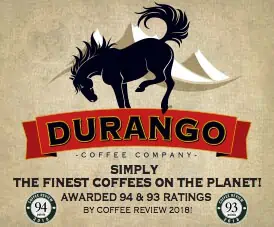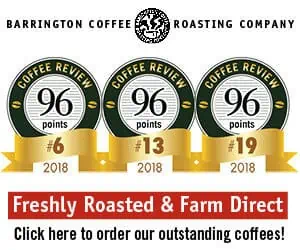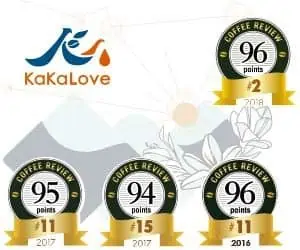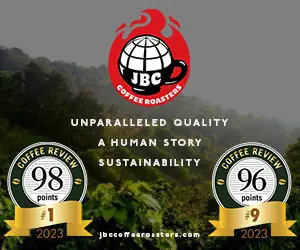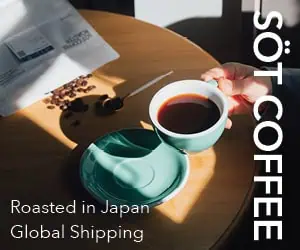An Agtron machine reflects light on a sample of coffee in order to objectively and accurately assign a number to the beans’ roast color. The smaller the number, the darker the roast. If you’re interested in some additional background, refer to a blog we posted in 2010: http://bit.ly/1b7fLNR.
The reason that I started thinking about Agtron readings is that it seemed like a lot of recent highly rated coffees had Agtron readings that were similar. To test my hypothesis, I looked at all of the coffees that received a score of 94 points or higher so far in 2013. There have been 50.
Of the 50 samples, over half (26) had a whole bean Agtron reading of between 51 and 56, which is considered a medium to bordering-on-medium-light roast. Given that Agtron scores range from less than 25 to more than 75, it was striking to me that more than half of the highest rated coffees fell in that narrow range. One might argue that the narrow range is simply a reflection of Kenneth Davids’ favorite roast level. And maybe these 30 or so roasters have figured out how to roast for Kenneth’s palate to achieve high scores? Personally, that seems a bit presumptuous.
I think it is more likely that quality roasters have found a “sweet spot” that frequently represents a tactful, appropriate roast level that appeals to their own palates, that of their customers, and ultimately Kenneth’s as well.
While I was under the hood, I tinkered a bit. When I looked at Agtron readings by origin, there was clearly variation, though it’s hard to draw definitive conclusions from small sample sizes. That said, the average Agtron readings for origins that have more than one 94+ rating (# of reviews in parentheses) were as follows:
Panama (5) – 58.8
Ethiopia (20) – 56.2*
Sumatra (5) – 55.6
Hawaii (3) – 53.3
Kenya (9) – 50.9*
Average – 55.1*
* Excludes coffees reviewed as espresso
In other words, the five 94+ coffees from Panama were roasted the lightest. This may have been by design but I might also guess that roasters are especially careful with their expensive Panamas and err on the side of safety. (Whatever you do, don’t burn the Gesha!)
It’s interesting that the Sumatras were not the darkest roasted as a group. Conventional wisdom suggests that earthy Sumatras can take a darker roast but it seems that some roasters have been successfully challenging that line of thinking.
On average, the darkest roasted (mind you, still a medium roast) origin was Kenya. Perhaps the usual big fruit character and acidity common to Kenyan coffees begs for a more aggressive roast than more delicate Ethiopias and Panamas?
And, while the point of this piece was to look at Agtron readings and roast levels, it’s difficult not to notice that 20 of the 50 coffees that earned 94+ points this year were grown in Ethiopia. Impressive!

